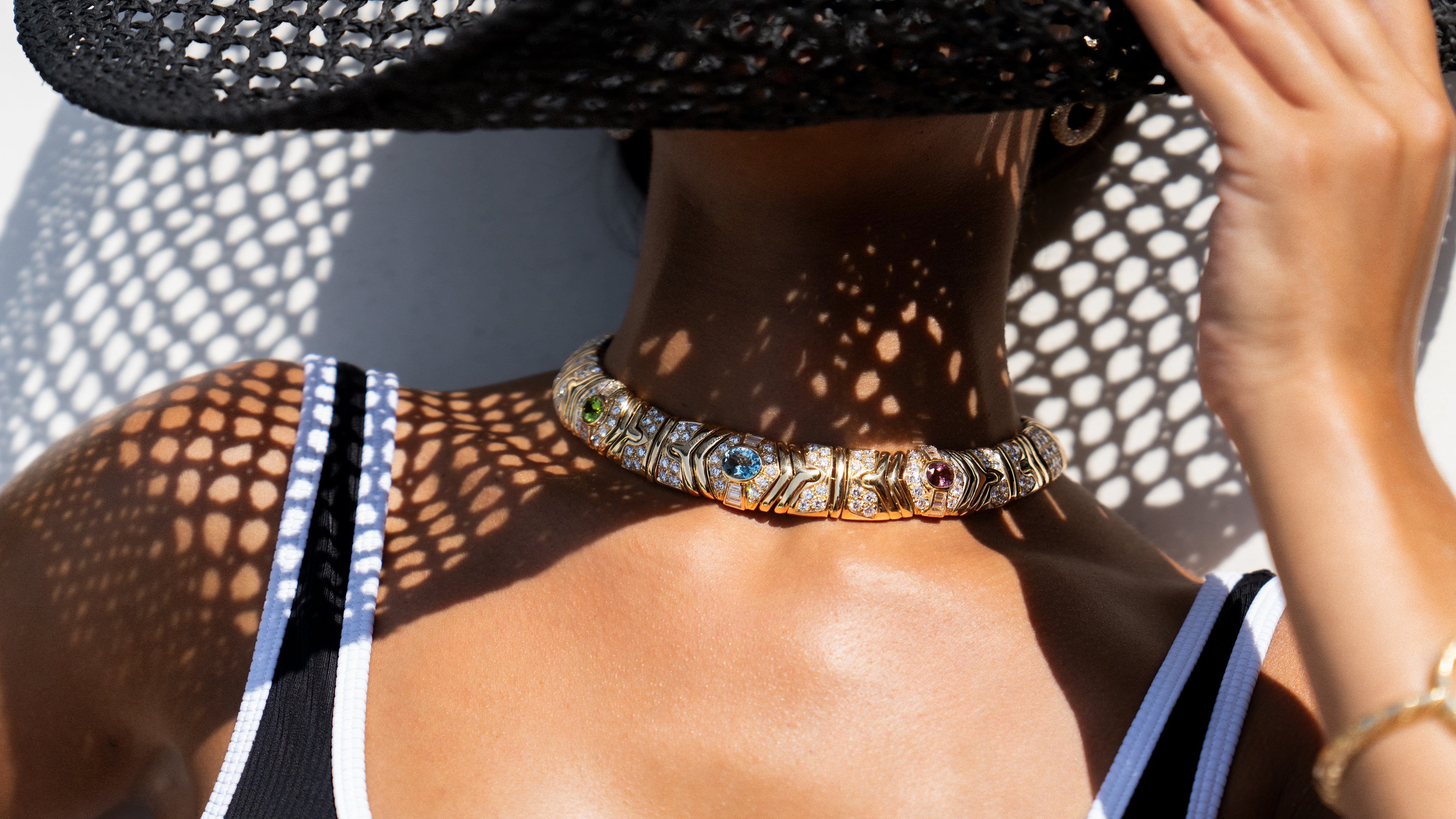Chopard
Two families shaped the dynamic of this renowned timepiece and jewelry dynasty. The first, Chopard, carried the company through the first hundred years. The Scheufele family took the torch, revitalized the brand, and brought the company into the 21st Century.
Some Company History
Louis-Ulysse Chopard grew up in Sonvilier, a little town in Switzerland near Bern. A watchmaker by trade, Chopard quickly determined it was more profitable to sell finished timepieces than to sell the movements. And so it was, that when Chopard founded his company in his hometown in 1860, he also established L.U.C. manufacturing. Louis-Ulysse was just 24 years old.
Chopard quickly gained a reputation as a watchmaker who created high quality, reliable timepieces with impressively accurate movements. Louis-Ulysse expanded his reputation, traveling through Poland, Hungary, and the Baltic States en route to Russia. There he won over one of his most prestigious clients, Tsar Nicholas II. Chopard's company also became the official provider of watches for Tir Fédéral, as well as the Swiss Railway Company. Additionally, a large number of Scandinavian retailers put their brand name on Chopard-made watches.
A once-popular custom in Chopard's local region involved employing local farmers who would assemble watch components to supplement their income. The various parts were then collected and fine-tuned to create the finished product.


The Next Generation
Following Louis-Ulysse's death in 1915, his son, Paul-Louis, took over the business. During this period, Chopard specialized in pocket watches and ladies' wristwatches, which were the hot commodities at the time. The company moved in 1921 to Chaux-de-Fonds, in the Canton of Neuchâtel. In 1937, Chopard picked up stakes once again, this time relocating to Geneva. This move enabled Chopard's watch movements to become certified with the Geneva Seal, a mark that carried prestige.
The founder's grandson, Paul-André, took the helm in 1943. With no children to leave the business to, Chopard sold his company in 1963 to Karl Scheufele III, a German watchmaker, and goldsmith, who wanted to acquire a watchmaking facility for his own business.
A Successful Change
Karl Scheufele III proved to be the savior of the flagging Chopard business. Scheufele, a goldsmith and watchmaker, came from a long line of entrepreneurs. His goal was to develop ESZEHA, the watch, and jewelry company he owned. The acquisition of Chopard gave him the opportunity he needed to end his reliance on outside suppliers and manufacture his own watch movements. His strategy gained him an "in" with the elite circle of renowned Swiss watchmakers.
Scheufele was wise in his personal life as well, marrying Karin Ruf, whose father was a dynamic entrepreneur. Ruf's support helped to ensure the success of Scheufele's venture.
Traveling the world and making use of his commercial acumen, Scheufele revived Chopard and built a watchmaking and jewelry empire that would endure and thrive into the next Century.
Since the 1980s, Karl and Karin Scheufele's children have been actively involved in the development of Chopard. Caroline Scheufele developed the women's jewelry collections, most notably the high-end jewelry department; Karl-Friedrich oversaw the development of men's collections and sports watches, as well as the watch manufacturing.

Chopard Signature Style
Beginning in 1976, Chopard created signature watches with free-floating diamonds beneath the sapphire crystal. Called "Happy Diamonds," the collection was a major success, leading to the expansion of the brand to include jewelry styles. A Happy Diamonds wristwatch fetched $1.67 million at a Christie's auction in 2015. The watch has a quartz movement and features a marquise pink diamond of 2.62 carats and a marquise blue diamond of 1.48 carats.
The "Happy Sport" watch debuted in 1993. Chopard heralded its arrival as the first watch to combine diamonds with a stainless steel case. The diamonds "float" atop the watch face, creating an effect that has proven to be very desirable for those who collect luxury timepieces.
Keeping with its high jewelry tradition, Maison Chopard has created the Dream Haute Joaillerie Collection, featuring exceptional pieces created from some of the world's most extraordinary gemstones. One such piece is a necklace featuring diamonds cut from the ultra-rare 342-carat Queen of Kalahari diamond. Twenty-three diamonds – five of them over 20 carats – were cut from the impressive D color diamond with flawless clarity. The diamonds made an appearance in six different pieces designed by Chopard artisans, led by Caroline Scheufele.
From 1988, Chopard created timepieces to coincide with the Italy based Mille Miglia car rally. The brainchild of Karl-Friedrich Scheufele, the Classic Racing watches are marketed as linking automotive engineering and mechanical watchmaking.
The Maison has been the sponsor of the Trophé Chopard and creator of the Palme d'Or trophy for the Cannes Film Festival since 1998.
From 2002, Chopard has been the official timekeeper of the Historic Grand Prix of Monaco.

